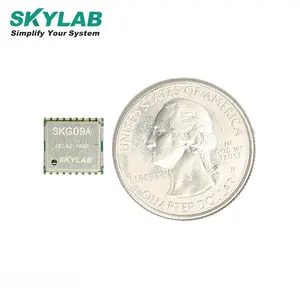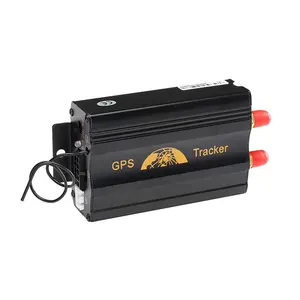

Điều Khiển Điện Thoại Thông Minh Hệ Thống Báo Động Xe Thông Minh Với Động Cơ Từ Xa Bắt Đầu Dừng Và Theo Dõi GPS GSM


Thiết Bị Theo Dõi Rastreador Xe Rastreado Gnss Nhỏ Nhất Vòng Đeo Tay Siêu Nhỏ Bảng Theo Dõi Trẻ Em Mô-đun Máy Thu Gps


Bán Buôn Không Thấm Nước Mini Thời Gian Thực Spy Xe Con Người GPS Theo Dõi Thiết Bị Tracker Với Microphone































 浙公网安备 33010002000092号
浙公网安备 33010002000092号 浙B2-20120091-4
浙B2-20120091-4